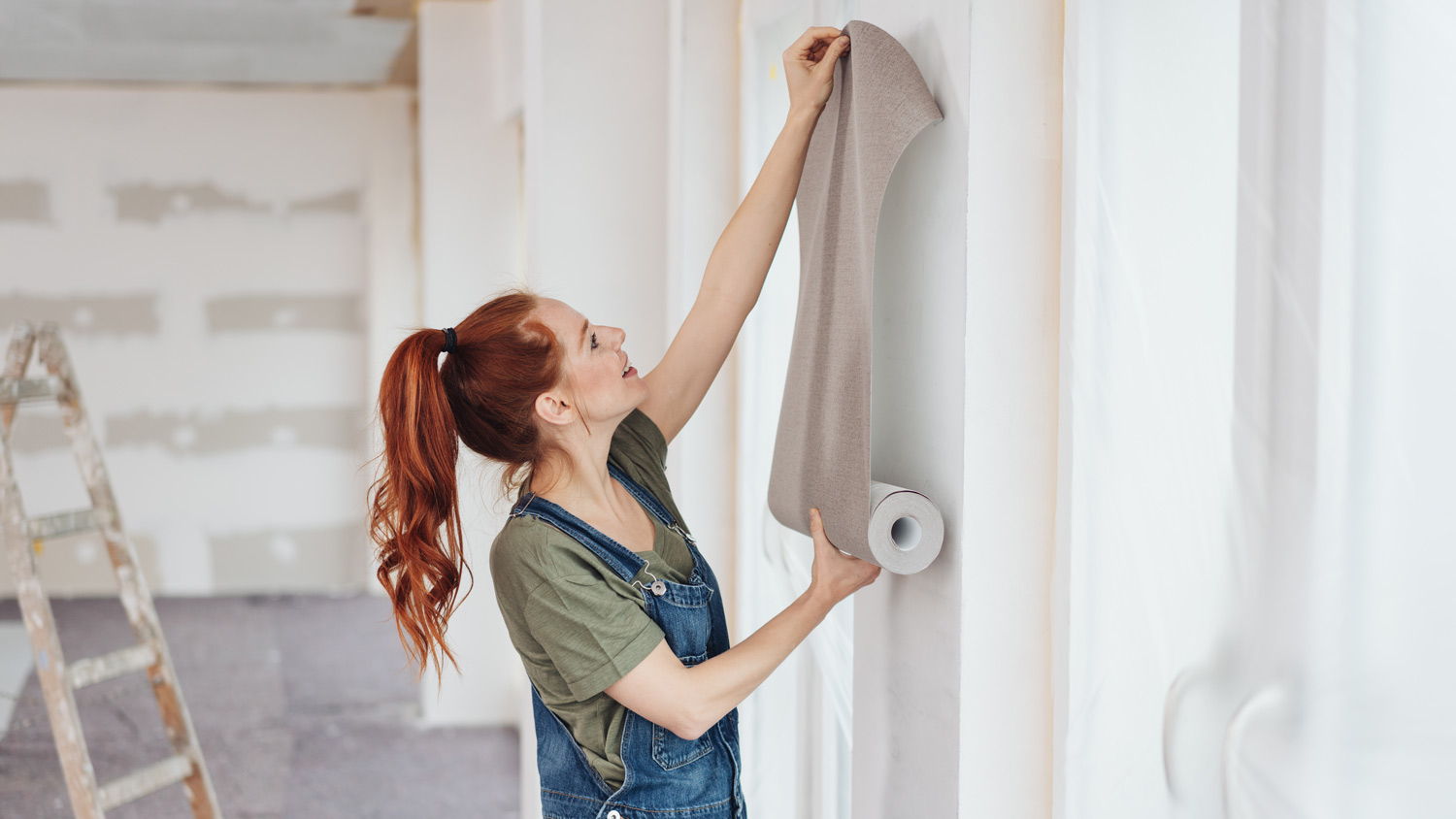
Discover wallpaper installation cost. Learn about material, labor, and project factors to estimate your budget and make informed choices for your home.
Simplify the great wallpaper debate


Peel-and-stick wallpaper is more affordable and far easier to DIY.
Traditional wallpaper is more expensive, but it lasts about three times as long.
Traditional wallpaper is harder to remove, making it a more permanent option.
Peel-and-stick wallpaper doesn’t stand up as well to moisture.
If you love the look of wallpaper and are planning on revamping a room in your home, you might be wondering which is better: peel-and-stick vs. traditional wallpaper. Peel-and-stick wallpaper is simpler to DIY and easier to remove. Traditional wallpaper is more expensive but lasts about three times as long and requires less maintenance. The decision comes down to how permanent you want your wallpaper to be, whether you’re hiring a pro, and your budget.
Peel-and-stick wallpaper is the best option if you plan to DIY the installation, as it doesn’t require any additional materials and goes up with relative ease. It’s also better if you’re on a tight budget or just want a quick room refresh. Traditional comes in more options and lasts much longer, but it may require that you hire someone who installs wallpaper, which drives up the cost.
Peel-and-stick wallpaper comes in sheets with pre-applied adhesive protected by a removable waxy sheet. Once you remove the protective sheet, you simply stick the wallpaper where you want it and smooth it out.
| Pros | Cons |
|---|---|
| More affordable | Lasts around 5 years |
| Easier to install | Can peel over time |
| Renter-friendly | Fewer options than traditional wallpaper |
Best for:
DIYers who want to save money on the installation.
Homeowners on a tight budget.
People looking for a quick option to upgrade their living space.

Peel-and-stick wallpaper acts like a giant sticker, which makes the installation fast and easy. Most DIYers can get the job done in just a few hours, or even less if you’re just installing a wallpaper accent wall, and you’ll make virtually no mess since there’s no standalone adhesive to apply. You might need to do some prep work if you have wall damage or don’t have the right paint sheen on your walls for good adhesion, but in general, it’s a simple process.
Peel-and-stick wallpaper is more affordable, with installation costing between $0.50 and $5 per square foot. You can avoid labor costs entirely by DIYing, in which case the price is based solely on the quality of the wallpaper you buy.
Peel-and-stick wallpaper only lasts for around five years in most cases, so it’s a short-term decor upgrade. It’s also much more likely to peel, which increases the maintenance costs over time.
Finally, it comes in many options, but you’ll have more chances to customize if you go with traditional wallpaper.
Traditional wallpaper comes in rolls of paper with no adhesive, and you instead apply a standalone wallpaper paste during the installation.
| Pros | Cons |
|---|---|
| Lasts 15+ years | Harder to remove |
| Minimal maintenance | More expensive |
Best for:
Homeowners looking for a long-lasting upgrade to their space.
People who don’t want to worry about peeling or maintenance.
Homeowners who want more color and texture options.

Traditional wallpaper is more expensive, but it also lasts about three times as long as peel-and-stick wallpaper. It also is less likely to peel, so you generally get more value out of traditional wallpaper in the long run.
Traditional wallpaper also stands up better to moisture and is less likely to harbor mold behind it, so it’s a better option in areas like bathrooms, kitchens, or laundry rooms.
Finally, traditional wallpaper comes in more options, so if you’re hiring a local interior designer for the best look or want to customize the appearance, it’s the better option.
The biggest drawback to traditional wallpaper is the cost, which can fall between $20 and $35 per square foot, about seven times as much as the priciest installation for peel-and-stick wallpaper. This is largely due to the need for professional installation, which may be another drawback for avid DIYers.
Traditional wallpaper is a more permanent upgrade, but that also means it’s much more challenging to remove. This could be a deal breaker if you go to sell your home and the buyers would prefer paint as opposed to wallpaper.
Wallpaper also works best in lower-traffic rooms that don’t get very much moisture. Rooms like kitchens and bathrooms are not ideal for wallpaper since those are considered high-moisture areas and can cause the paper to peel.
Both peel-and-stick and traditional wallpaper have their merits, and there are a few things you should consider before deciding between the two.
Both options can enhance the look of a room, especially if you prime your walls before applying wallpaper, but traditional wallpaper comes in more colors, patterns, and textures. It also is less likely to peel, so the appearance over time is superior to peel-and-stick.
Traditional wallpaper is less prone to damage and peeling, and it requires less maintenance than peel-and-stick wallpaper. Traditional wallpaper also lasts for 15 years or more in most cases, whereas you’d only see about five years of life from peel-and-stick.
Peel-and-stick wallpaper is the better option for homeowners on a budget. The cost to hang wallpaper is around $2 per square foot to install if you choose peel-and-stick, whereas traditional wallpaper costs around $25 per square foot, on average. However, this disparity is largely due to peel-and-stick wallpaper being easy to DIY, so the difference will be less if you hire a pro in both cases.
Peel-and-stick wallpaper couldn’t be much simpler to install, as it works like a sticker that you press on and smooth out. Traditional wallpaper is much more complicated and often requires that you hire a wallpaper installation company near you for a professional appearance.
Neither wallpaper type is easy to repair, but you’ll have a much simpler job to do if you just need to remove a damaged portion of your peel-and-stick wallpaper and apply a new section.
The wallpaper paste you use to install traditional wallpaper is much stronger than the pre-applied adhesive on peel-and-stick rolls. That leaves a lower risk of moisture getting behind the paper, making traditional wallpaper a better option for areas that see humidity or exposure to water.
Peel-and-stick wallpaper has a tendency to peel, so you could spend some time and money reattaching sections that peel away. Traditional wallpaper is virtually maintenance-free.
The ROI you see from your wallpaper comes down to buyer preference. If they love the look of your wallpaper, then traditional will provide a greater ROI, as a buyer will know the wallpaper will last for many years. If the buyer doesn’t like the design, they’ll more easily be able to remove the wallpaper to get the space to look how they want if you installed peel-and-stick.
From average costs to expert advice, get all the answers you need to get your job done.

Discover wallpaper installation cost. Learn about material, labor, and project factors to estimate your budget and make informed choices for your home.
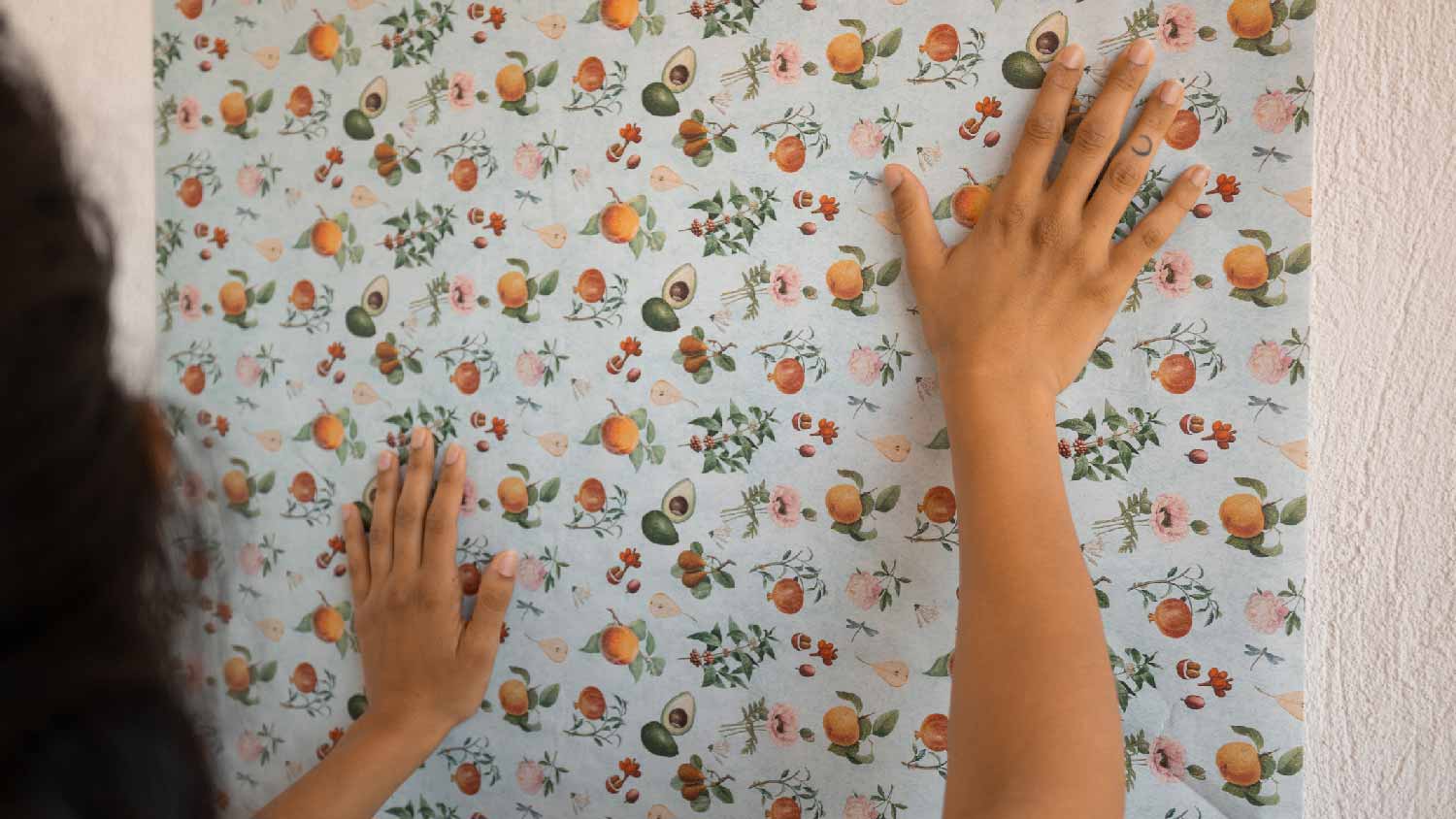
Can you put wallpaper on textured walls? You can, but you might not want to. If you do, here are some tips to stack the odds in your favor.
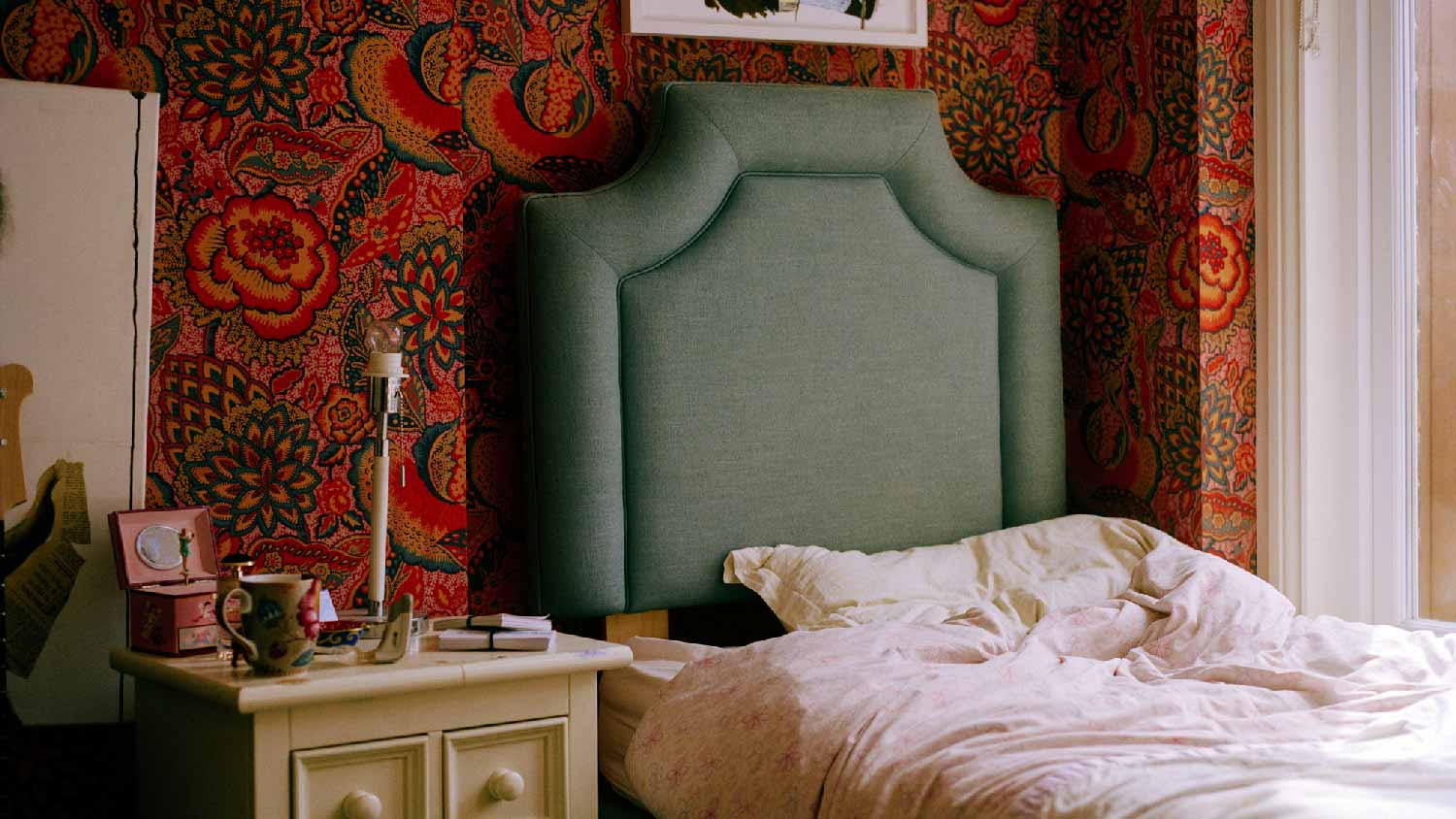
Planning to revamp your living space? Check out the best types of wallpaper, plus pros and cons to consider before choosing the best option for your home.
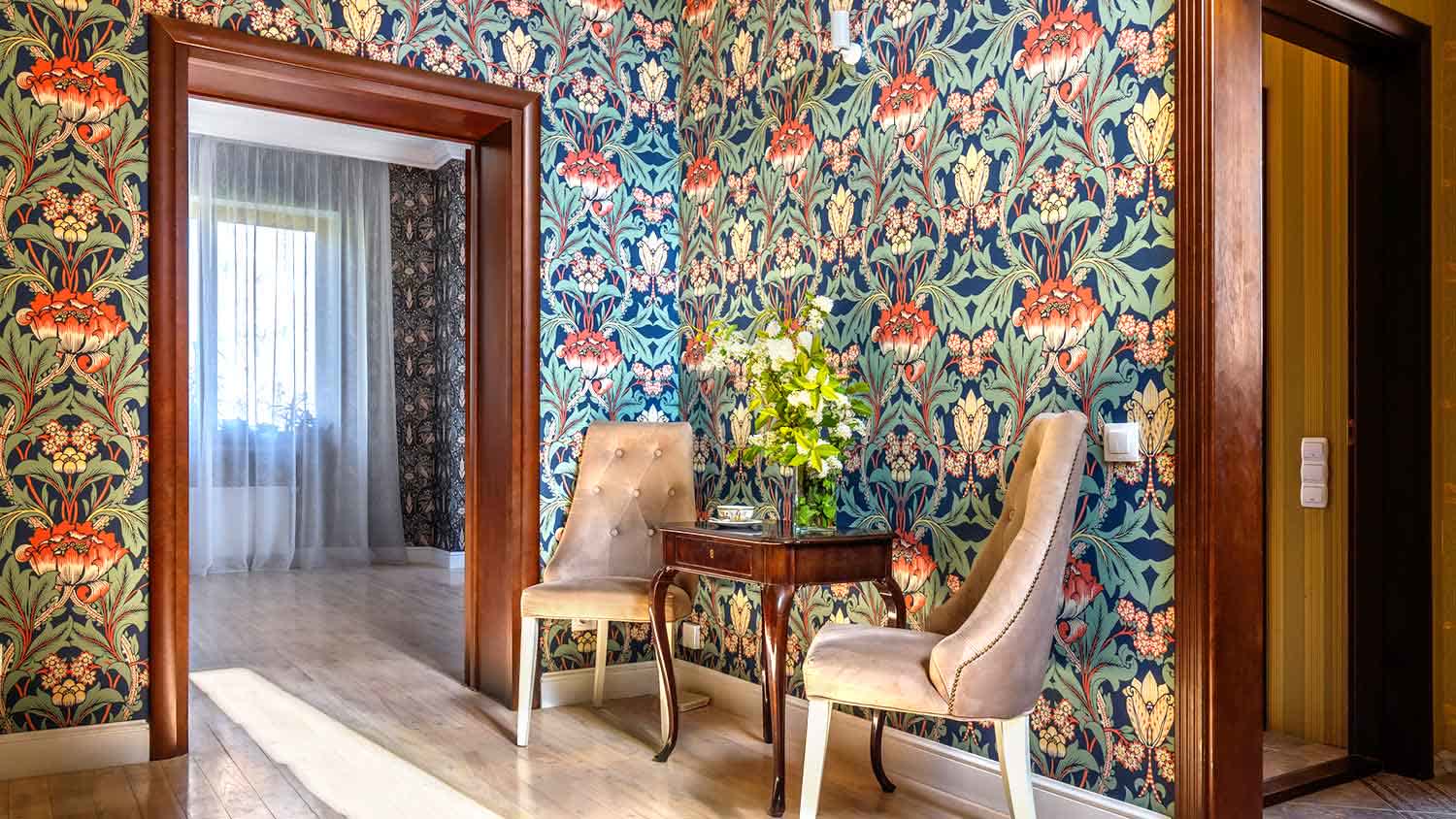
Do you have wood-paneled walls you'd like to conceal? If you're wondering if you can install wallpaper over paneling, the answer is yes. Find out how.
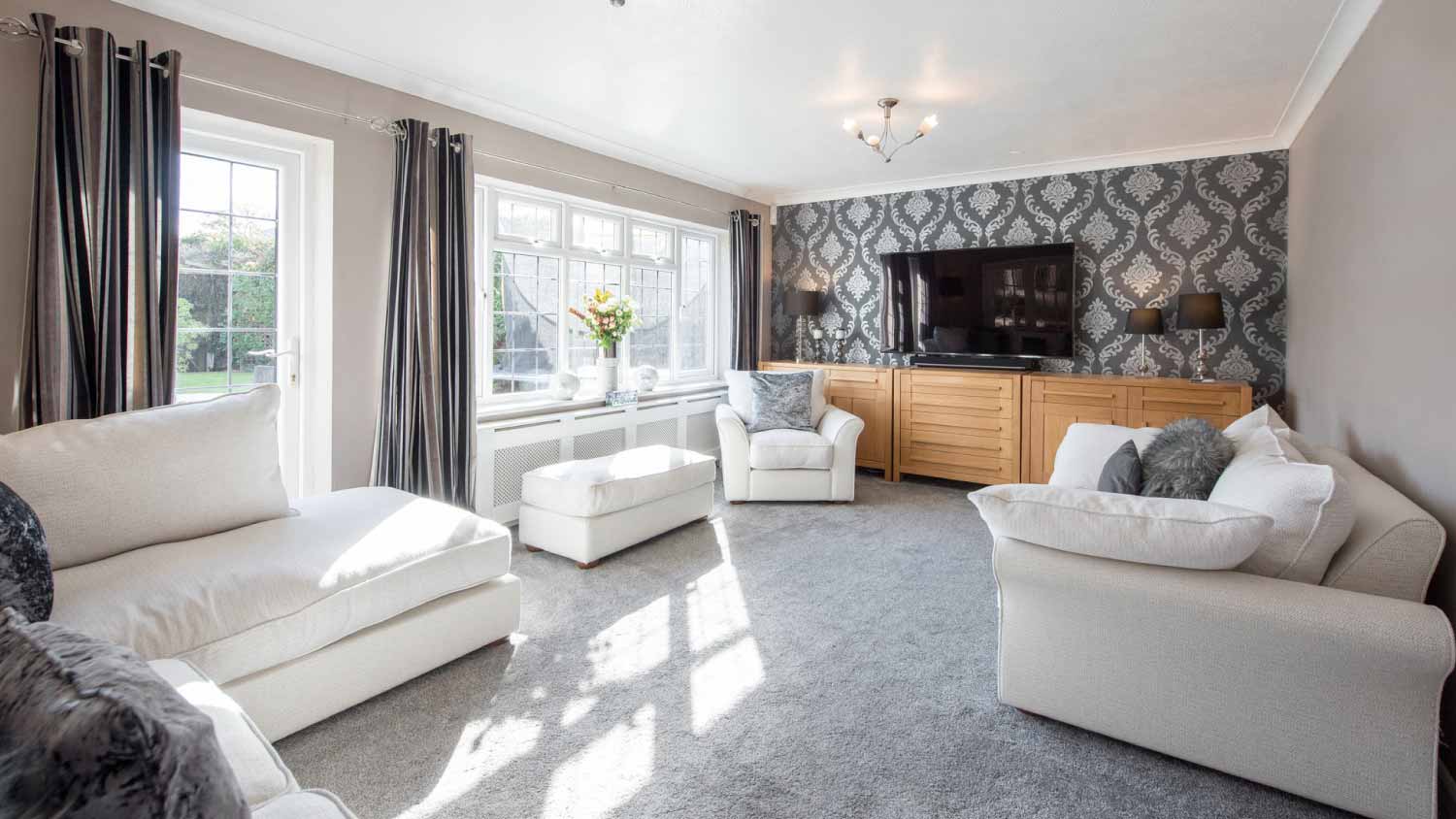
Ready to refresh your home? Learn how to apply peel-and-stick wallpaper for a temporary update to any room in your house.
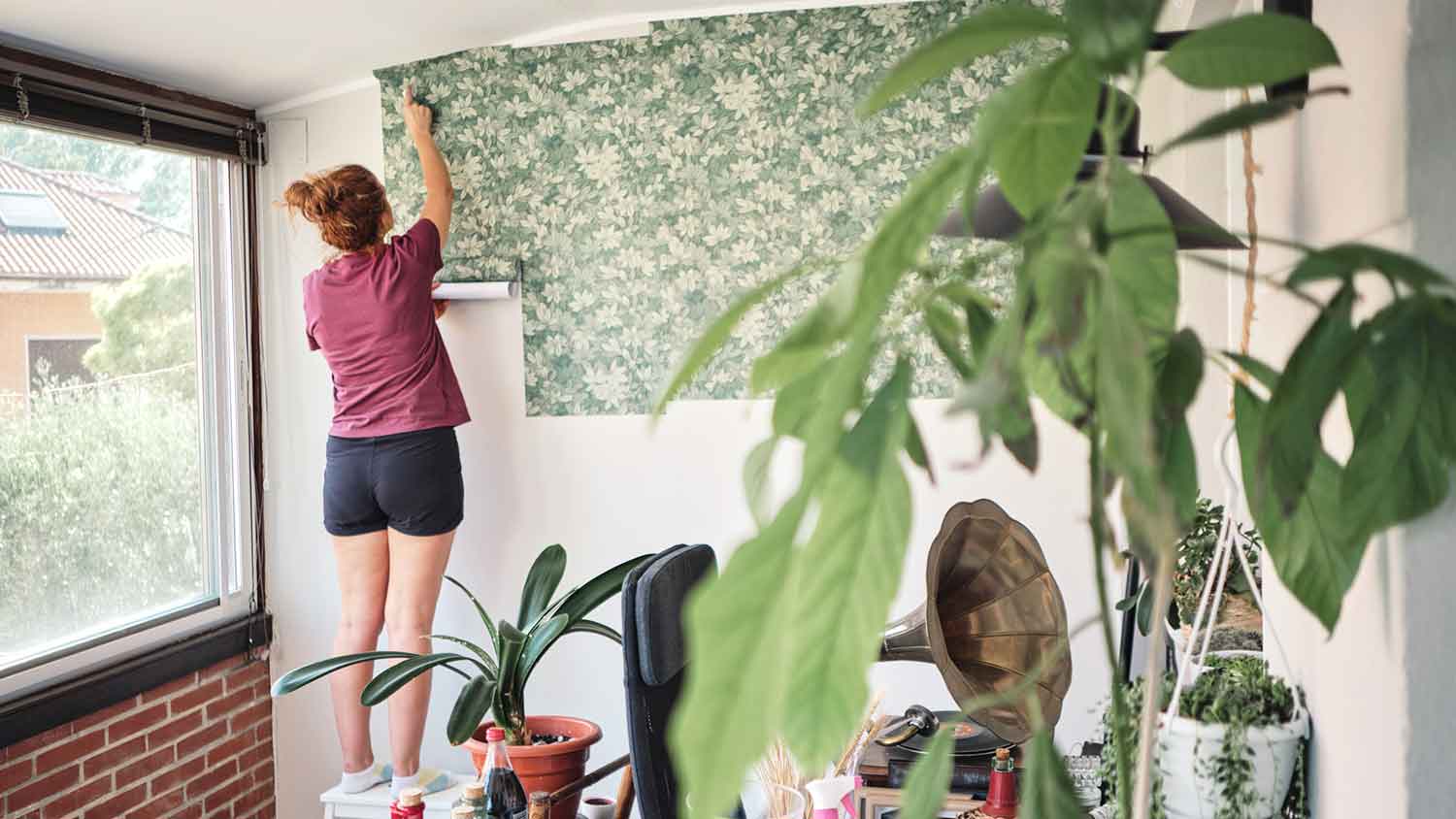
Is peel-and-stick wallpaper removable? Find out how to remove temporary wallpaper without causing damage to your walls.